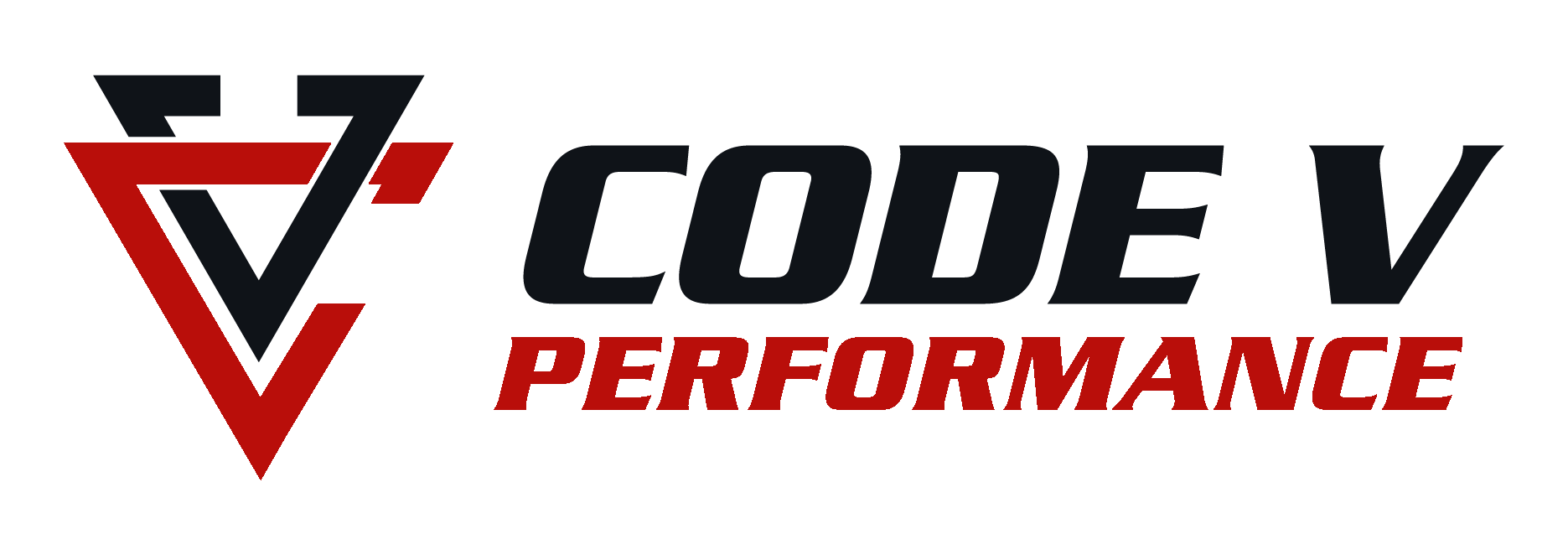What is Sever's disease?
Sever's Disease is one of the most common causes of heel pain in growing children and young adults. It is often seen in those who are physically active and/or involved in sports.
According to nationwidechildrens.org , "It happens when the tendon that attaches to the back of the heel (the Achilles tendon) pulls on the growth plate (the apophysis) of the bone of the heel (the calcaneus)."
Most pain due to Sever's Disease will resolve itself with proper treatment and/or when their growth plate closes.
Causes of Sever's Disease
Sever's Disease is normally seen when your child enters a growth spurt - usually between the ages of 8-15. Though it is more commonly seen in boys, girls are just as susceptible to this disease.
Your child's heel bone grows faster than their muscles and tendons, which causes them to become stretched too tight during this period. This tightness then pulls on the growth plate in their heel, resulting in redness, swelling and pain.
When your child is active in sports, (especially those that involve a lot of jumping or running), this activity can pull on those stretched muscles and tendons, thus causing injury to their growth plate.
Signs and Symptoms
If your child develops or complains about any of the following signs and symptoms, I would make an appointment to have them checked out by a professional:
Pain in one or both heels
Redness and/or inflammation in the heel area
Limping or walking on tiptoes to avoid putting pressure on the heel
Pain when the heel is squeezed from both sides
Pain that increases with activity
Increased pain when first waking up
Treatment
The standard treatment for Sever’s Disease is rest and pain management.
After an initial exam, your physician will most likely direct you to do some of the following, depending on the severity:
Rest: Limit their physical activities, especially running and jumping, while pain is still present. Make sure they rest and take breaks as well in between activities.
Ice: Ice or cold packs may be directed to reduce swelling and pain.
Pain Relief: Over the counter medication such as an anti-inflammatory can be used as needed for pain and/or swelling. Check with your physician beforehand for dosage instructions and any complications that may arise if they are on other medications.
Footwear: Make sure your child wears supportive shoes or some type of insert to reduce added stress on their heel. Walking in bare feet during this time period is not suggested.
Stretches: Stretching and strengthening exercises may be prescribed by the physician. In some cases, physical therapy may also be warranted.
However - Dr. V has a better approach! Through specific muscle tests, activation of inhibited muscles and addressing limited range of motion in the foot and ankle as necessary - she has an almost 100% rate of early return to sport!
Don’t let your child sit on the sidelines due to Sever’s if you haven’t tried chiropractic with muscle activation yet!!
Can Sever's Disease Be Prevented?
Once your child's growth spurt has ended, Sever's Disease will not return.
Until then, if your child remains physically active, it is possible for this to reoccur.
You can take a few steps to try and ward of this disease, such as:
Provide your child with some type of supportive footwear when participating in sports and strenuous activity.
Make sure they get plenty of breaks, rest and avoid over-training, especially if they begin to feel any pain in their heel.
Emphasize stretching properly and warm up before activities.
Weight can also be a factor, adding extra pressure to their heels. Speak with a physician to help with a proper weight loss plan if this may be the case.
Taking preemptive measures can help reduce the likelihood of this disease. However- if your child has begun experiencing heel pain - then seeking muscle activation care is most likely the best route to getting your child pain free and back to all of the activities they love!

